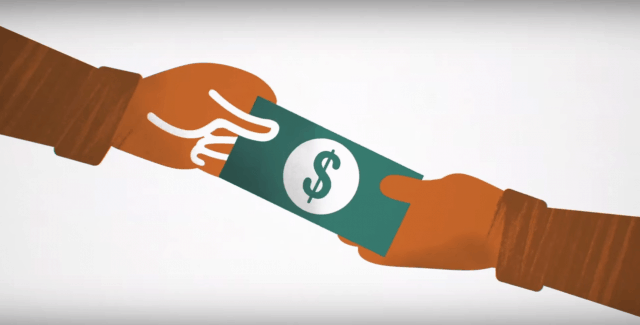Change is good! Thanks to everyone who provided such great feedback on the value of these updates. Let me know what you think of the new approach!
I have planned additional surprises. Just wait until next week!
And if you like it, please share it. New fans can SUBSCRIBE HERE 🙂
Leading from the Front
My house is a bit of a mess right now. The tile on the main floor has been ripped out and contractors are reinstalling underlay (sheets of wood) in preparation for new tile. It’s a big job. So far they have hammered in more than 5000 nails and are about halfway done.
At 4:40 pm I grabbed my hammer and helped the team bang in a few nails. They wrapped up at 5 pm. At 5:15 I had a text from the general contractor (see above) who was offsite.
The team worked all day. I worked for 20 minutes. Look how rapidly my participation was noted and passed on to others.
People talk. Word gets around quickly. There’s no better way to make a positive impression on those you lead by chipping in…even if for just a moment or two. Demonstrating you’re willing to go through the same pain of transition can be the most powerful motivator of all.
Subsidizing Change
The first thing people assess when facing change is self-interest: What’s In It For Me?
The UK has been subsidizing up to £10 for every meal eaten out on Mon/Tues/Wed, encouraging millions in ordered meals for dining out and pick up, and driving a massive resurgence in business. The cash convinced many that they’ve been missing out and it’s safe enough to take an evening out at the local pub.
You CAN subsidize change, but at some point we need intrinsic desire to supplant rewards or we risk behavioral reversion. Establishing a new habit with a positive association (cash!) is a great start. Adding heart and hope cements the new direction.
Is purchasing change expensive? Consider that the allocated £500 million for the food discount is a small percentage of the £190 billion to be spent on economic recovery. Consider the alternative – the cost of resistance can be much higher.
Video Calls Reduce Relationship Bandwidth
Without clear guidelines, workers struggle to agree on what and how to communicate with their colleagues:
- 38% of survey respondents admitted to worrying at least once a day about how they communicate on digital platforms for work and for 1 in 10 this is a constant worry.
- Younger workers are particularly afflicted by digital communication angst and more likely to have misinterpreted the tone of digital communications.
The absence of boundaries between work and personal lives was the highest ranked issue for employee motivation.
The ‘always-on nature’ of digital communications (42%) and the ‘number of channels I have to check’ (31%) were seen as the greatest sources of stress and frustration in work-related communications.
20% of respondents were distracted from work by domestic affairs.
For 26% switching off from work was the greatest challenge. Temptations to keep working (cited by 15%) seem to be a bigger problem than pressure from others (11%).
Survey Says: Mental Health Issues are Real
Comparing data with a survey run at the outset of the year, Morneau Shepell reports that mental health scores are trending negative. Economic uncertainty was singled out as the primary driver of an overall negative mental health score for Canadians generally
- Canadians between 20 and 29 are suffering the worst mental health declines in 2020
- Older Canadians are relatively laid-back by comparison.
- Experience (age) gives us a better appreciation for what we can control, and what we cannot. That is wisdom worth sharing with our peers.
If we are not paying attention to the mental health of our employees, we miss one of the single biggest inhibitors to productivity at work. It’s the invisible drain on capacity for change.







